Warm + Dry = Happiness!
I’ve had wonderful experiences in the mountains, during which I’ve seen beautiful, cobalt-blue skies on calm days, as well as freeze-rain, pie-plate sized snow, crazy winds, and everything in between. In all that time, one constant has held true: I’ve had a great time doing it, by staying warm and dry. There is no magic to this, and it’s something anyone can do. Having a blast outside in the cold isn’t the exclusive realm of penguins and polar bears. You just gotta use your head.
This is going to be a multi-part essay, to keep things manageable. For this part, I’ll examine more of the mindset of being comfortable outside in the cold. In later posts, I’ll examine actual fibers, fabrics, and garments, as well as considerations on wearing them.
First, and of primary importance: If you stick your hand on a hot stove, you notice it very quickly. But anyone who’s gotten frostbite knows that you lose sensation in the cold — your fingers get numb pretty quickly. It creeps up on us and catches us unawares. So it’s critical that you actively monitor yourself and other members in your party for signs of hypothermia. (And be a good citizen. Do the same for other people you may meet on the trail.) This is one of those things you need to return to frequently, part of constantly asking “is it safe to keep going, or should I/we turn around?”
What’s hypothermia? Think of a simple trifecta: “Normo-“, “Hyper-“, and “Hypo”. Normal, too much, too little — just like Goldilocks. When we’re chilled, that’s being hypothermic. Our brains and our bodies function at their best when we’re normothermic. If we get too cold, that affects everything, even how we think. We become stupid when we get cold. That’s scary, because we can get ourselves into more trouble if we can’t think straight. If our hands don’t work because we’re shivering, or our fingers are numb, that impairs our ability to get ourselves warm. It’s crazy hard to light a match, let alone a fire, if your hands are numb. Being cold initiates a vicious cycle. But conversely, getting warm again can initiate a virtuous cycle.
Tell-tale signs include shivering, slurred speech, uncoordinated movement, confusion, and drowsiness. The person will have trouble remembering things, and seem tired and worn-out. You may observe gait disturbances — their steps may become “clunky” and lack the normal grace and fluidity that we usually have when moving. (In a certain way, without the shivering, the person will almost look drunk.) If you’re seeing this, it’s time to get that person warmed up.
Help that hiker eat some high calorie food, drink some warm fluids, and move vigorously — jumping jacks, etc. Swap out any wet clothing, wrap the person in a space blanket, and get some heat packs inside their jackets. (Avoid direct contact with skin — some of them can cause burns.) Know that shivering is an early and pretty obvious sign, and it’s the easiest point to right the ship. Usually an extra layer or some running in place, maybe a granola bar, gets the furnace roaring.
Read more at the CDC’s website here. Obviously, you won’t have access to an electric blanket, so use heat packs instead. If you’re not carrying a sleeping bag and/or an emergency bivy and 1-2 space blankets, I highly recommend them. I also carry a stove, with some instant soup, oatmeal, and some hot cocoa mix. Regarding rewarming frostbitten body parts: don’t do it on the trail unless you’re 100% positive you can keep those parts warm. The potential harm done by rewarming and then refreezing is huge, and can overshadow the harm of just leaving it cold until you get off trail.
Food stokes the furnace.
You don’t need to eat a huge meal. Indeed, consider your nutrition carefully — I’m not giving you carte blanche to dive into a bag of nachos. But at the same time, while many think it’s fine to go to the office with little more than a cup of coffee, eat breakfast. Not necessarily “hearty” or a “full English”, but stoke the boiler. Calories to any scientist are units of heat. Think about that. You want to stay warm outside. You need some calories, otherwise the math isn’t going to work out.
Likewise, as you’re burning them, think about how you need to replenish them. Carbs burn fairly quickly. Simple carbs burn the fastest, so a candy bar is going to give you a quick spike and then be done. More complex carbs (like grains you’d find in granola) burn slower. Protein and fats burn more slowly yet. Carbs and protein give you 4 calories per gram of food. Fats yield 9 calories per gram. So including all three will give you a balance of quick energy, as well as something that will get you more than 100 yards down the trail. I like GORP (Good Old Raisins and Peanuts) or other nut and dried fruit mixes, as well as granola bars. Things like sunflower seeds are oily, and relatively high in fat calories. Bonus: I’m pretty sure your doctor is never going to tell you to not to eat dried fruits or granola. It’s full of stuff your great-great-grandmother would think is food.
You don’t necessarily need to stop on the summit for a full-on lunch (and if its cold and windy up there, I’d postpone this until I was back below tree-line) but you should consider at least downing a quick snack to keep the home fires burning.
Dryness leads to warmth, which yields happiness!
You cannot be wet and remain warm for more than a few minutes, unless you’re on a sun-drenched beach in the Caribbean. However, consider this: a swimming pool on a summer day in New England can be around 80 degrees or so. Your body is normothermic at 98.6. If you sat in the pool, not moving much, you could, in theory if not in practice, become hypothermic, even on a 100 degree day.
The Whites obviously fail the “sun-drenched beach” test. Up here, happiness is directly equated to warmth, which is directly equated to dryness, so if you want to stay happy, stay dry, and you’ll find warmth usually follows along. Moisture wicks your body heat about 25 times faster than air. Now, the obvious culprit is precipitation, or maybe getting your feet wet during a water crossing. But the insidious invader comes from within.
For a short while, at least, you can stay dry against any rainstorm by wearing a rain coat and a sou’wester, as well as rubber Wellington boots. But with any exertion, you’ll find your perspiration gets you just as wet as if you got rained on — indeed, it’s now “raining” inside your raincoat! Not good! So perhaps counter-intuitively, ventilation must be part of the equation. Pit zips, opening the front zipper, maybe rolling up your sleeves are strategies. Perhaps you need to take off your hood, even. (This would be strategically letting your head get rained on, so your body stays dry. But you must be vigilant to keep yourself warm.) Some AT hikers like carrying umbrellas, because they keep the rain off, while offering superb ventilation.
Complimenting, and maybe confounding this, is the role of layers. No kidding, but at least half the summits I’ve stood on in winter, I’ve worn a fleece vest, a long sleeve shirt, and that’s about it for my upper layers. If it’s windy, I’m possibly wearing a light windbreaker. Why? I sweat to death otherwise. I think I wore my down jacket once on a hike, and only for an hour or so. Even when I was on Middle Carter and feeling pretty darn cold, I just put on a hat and gloves, and got moving. I warmed up pretty quickly afterward.
A lot has been written about “layering up” in the winter, but listen to your body. If you run hot when exercising (as I do) then maybe a tee shirt on Mt Washington on a mild winter day is appropriate. At the end of October, I was on Madison, happy as a clam wearing shorts and a Hawaiian shirt. Heck, how many times do you see someone shoveling their driveway in shorts and a hoodie? Those people exist. You might be one of them. Conversely, if you’re shivering cold in the slightest wind, put on some more clothing. (As a side note, the moment I stop moving, I chill down really fast, which is annoying. You can bet I layer up if I’m going to be sitting around awhile.)
I’m also going to advocate, cautiously, for tolerating a slightly cooler skin temperature than you’re accustomed to. I try to start out my hikes feeling a little on the cold side. Not even close to shivering, but flirting with the point where I’m ready to reach into my pack and don a layer. I’ve been in the car, not moving around, not burning calories, but in moments, I’m going to kick the furnace on. Starting out cool means I have more time before I start sweating. If I can ride that wave, and keep just the outermost layer of skin feeling cool with my core feeling nice and toasty, it’s minimizing perspiration and subsequent accelerated heat loss. (Which also means I’m not dehydrating myself.)
So how can one wrangle comfort? Obviously, layering. But consider your hands and head to be super-easy and quick adjusters. I have a super-awesome pair of expedition mitts. Apart from being wicked toasty, I like that they come apart — the shell layer and the insulating liners can be worn together or separately. If it’s warm but the wind is getting to my hands, I can opt for just the shells. If it’s just a little cold, I can just go with the liners. If it’s full-on arctic, I wear the whole shebang. (Even better, they have loops so I can clip them to my pack’s shoulder straps with a carabiner, keeping them easily accessible.) I highly recommend a “mitten system” like this. They tend to be pretty pricey, but oh-so worth it. Aside from that, sometimes I wear a thin fleece glove as an inner liner. If I’m fumbling with my camera, those fleece gloves keep my hands a little warmer while I have more dexterity.
Similarly, hats and headbands can go on and off, and they fit in your pocket easily. Your mom always said to put on a hat before going outside, but don’t feel you have to be dogmatic about that. Maybe you just need a headband to keep the wind off your ears, but having the top of your head open to the elements is keeping you from overheating. I do it all the time. Again, listen to your body.
We’re outside, and things change!
Lastly, consider your environment. If you’re on the summit of Mt Washington, getting lashed by 50 MPH winds, you’re not going to stay warm for very long in the best of circumstances, unless you’re wearing a hermetically sealed outfit like a space suit. Even the best mountaineering gear has openings here and there, and Jack Frost is going to find all of them. Likewise, it’s easy to be somewhere on the side of the mountain, in thick trees, where you can hear furious winds up in the tree-tops, but on the trail itself, you barely register a light breeze. When I was on Pierce recently, I might have spent a minute or two on the summit — just enough to grab a few pics — before racing back into the trees. Similarly, on Moosilauke last winter, I was really enjoying the view, but wow, I got cold up there.
Now, it’s obvious when the wind is howling. Your cheeks, your nose, your ears, they’re all feeling those icy daggers. You get that shiver that makes you want to bundle up and get moving. But maybe the weather is mild above treeline. Just a small breeze. Lots of sun. Nice. Be careful. Cold sneaks up on us. You sat down, rested, had a snack, took lots of pictures. Maybe stretched a little. The smart move is to put on a layer before sitting down, before doing all that. Anticipate that as you slow down, the furnace is going to shift to idle, generating less heat. That light breeze? The one that would be utterly inconsequential, perhaps even pleasant while you’re moving? You work to minimize sweating, but you sweat nonetheless. So it tugs a little heat away here and there, but it’s a constant — you’re losing more heat than you’re generating. Without realizing it, you’ve gotten chilled, and now you need to make up lost ground. It’s far easier to throw on a layer to start with, and keep that heat on board, than to have to run in circles, do jumping jacks, and perhaps more, to get that heat back. Some hikers even bring along a small piece of foam to sit on, so they don’t lose heat through their bums. Not a bad strategy.
And lest we forget… winter is cold, amongst other reasons, because the days are shorter. As I write this post, sunset is at 16:37 today. Anyone who’s looked at a weather forecast knows that the nighttime temperatures are usually significantly cooler than the daytime. (Excepting those times when a warm front comes in overnight. But don’t count on those.) It’s not uncommon to see a 10-20 degree drop from day into night. After lunchtime, the day gets cooler.
But also don’t forget that the weather changes as we go up and down with altitude. The general rule of thumb is that, all other things being equal (no warm or cold fronts moving in or out, etc) you can expect a 3-5 degree drop in temperature for every thousand feet of elevation gain. Mt Jefferson, by Caps Ridge Trail (the highest trailhead in the Whites) has 2,700 feet of elevation gain. Count on a solid 10 degree difference, which means that a day where you start out skipping across puddles, in 40 degree weather, can easily feature ice at the summit. The local weather forecast is usually talking about the valleys, not the summits.
OK, so that’s probably enough to think about for now. More on staying warm is coming. I know it’s been unseasonably warm recently, but remain vigilant. Not the least, the nights are still cold, and anything can delay your safe return to the trailhead. As always, there’s no bad reason to scrub a hike and turn back to the trailhead.
Stay safe out there.
If you enjoy reading these posts, please subscribe — stay in the loop! Your email will only be used to alert you of new posts — typically 1-2 times per week. I will not use or share your email for any other purpose without your express permission.
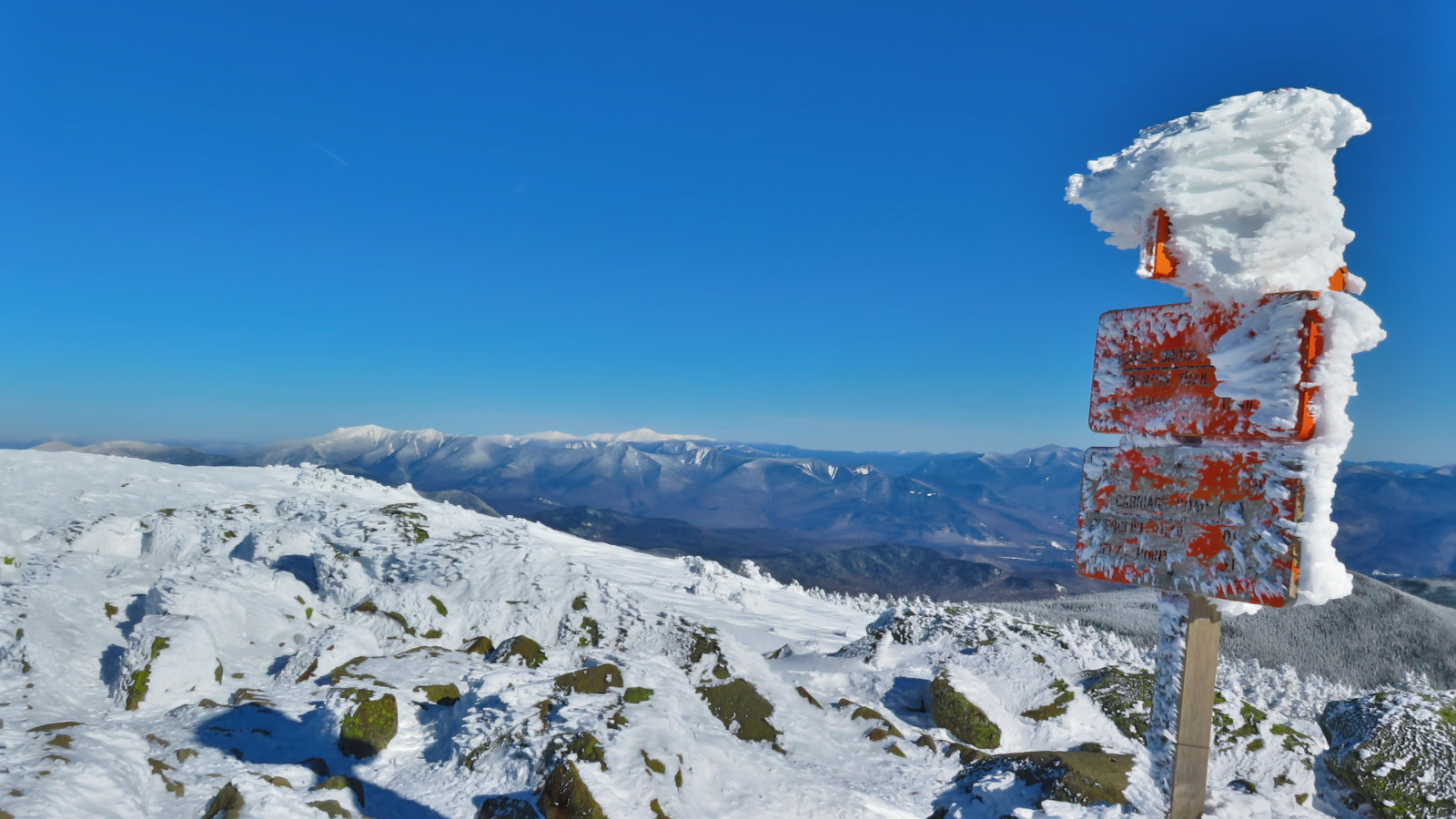
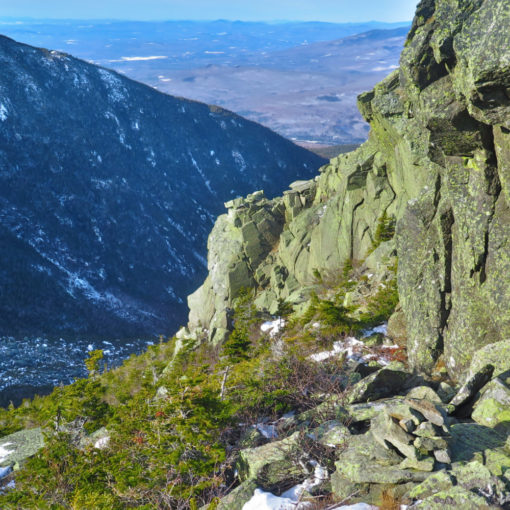
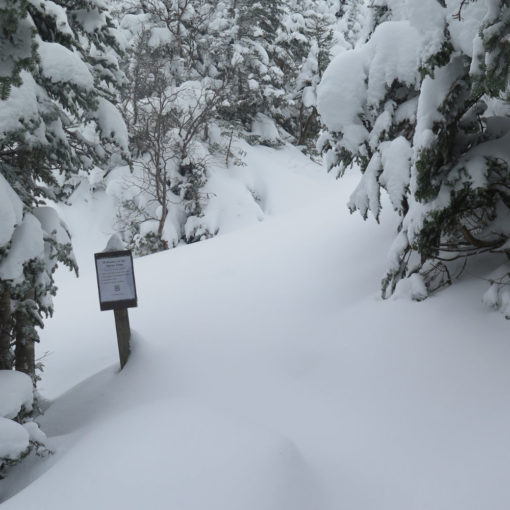
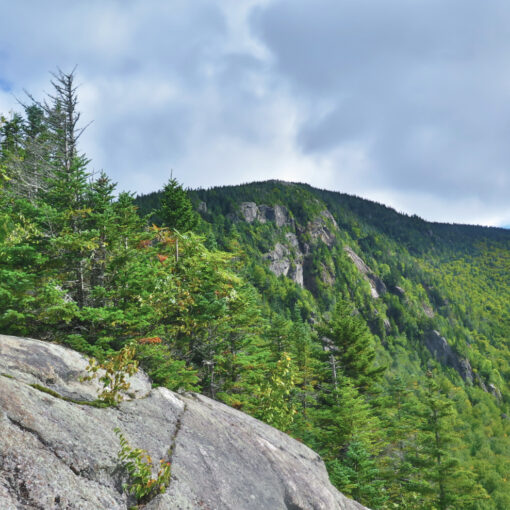
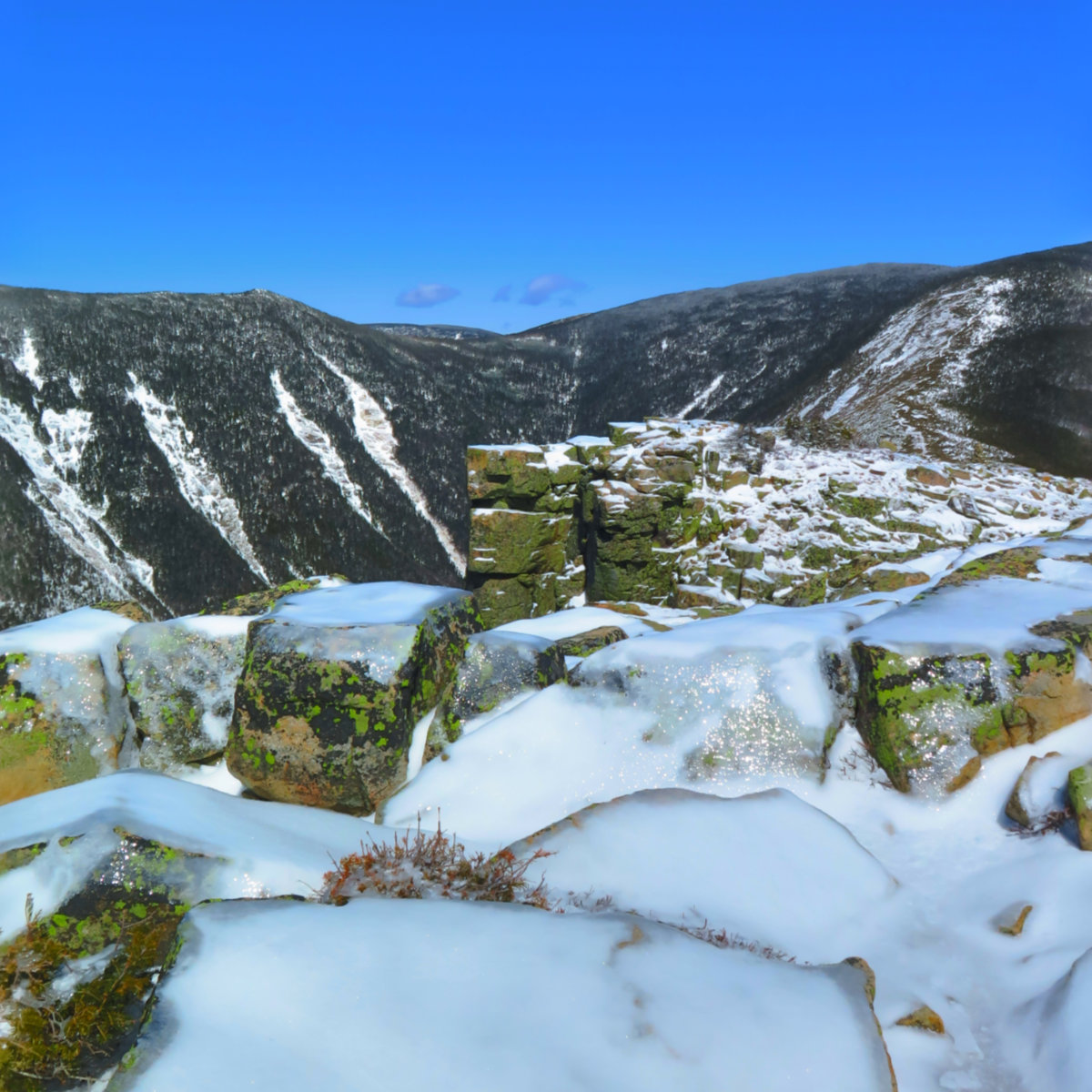
2 thoughts on “Ten Essential Things You Need for Hiking Safely: Avoid Getting Cold!”
Besides underdressing when you start to avoid excessive sweating, I hike bare handed a good portion of the time. Learned the hard way what happens when you walk out of the trees toward the summit with the gloves you dampened on the way up. AAARGH!!!! I always carry several pairs.
I can’t say enough about having spares, especially in winter. Not the least of which, losing your mittens above tree line in blowing winds can be a life-threat. Good that you keep several at hand.